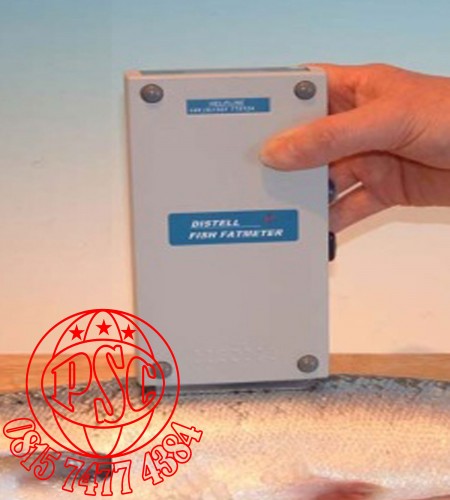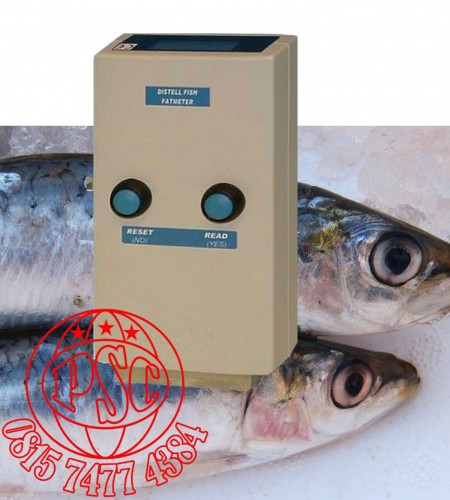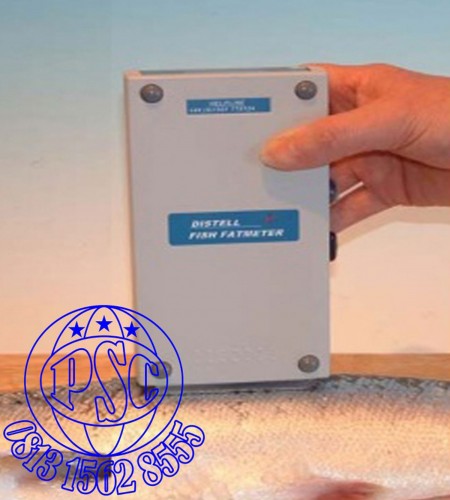|
Alat Ukur Kadar Lemak Ikan FFM-692 and FFM-992 |
|
|
Sensor |
|
|
Type |
Microstrip transmission line. |
|
Microwave Frequency |
2.0 Ghz ( +/- 20 Mhz ) |
|
Microwave Power |
2 Milliwatts |
|
Materials |
Stainless steel, PTFE |
|
Display |
|
|
Type |
LCD, 2 lines x 12 characters |
|
Sensor Enclosure |
|
|
Material |
ABS Plastic. Waterproofed to IP 65. |
|
Size |
195 mm x 100 mm x 40 mm. |
|
Weight ( Incl Batteries ) |
725 gms. |
|
Hardware / Software |
|
|
Microprocessor |
Operations controlled by new microprocessor. |
|
Memory |
Up to 80 Calibrations can be programmed in each meter. |
|
PC Interface |
Stored data sets can be transferred to PC, via data cable supplied… both in “real time”, and as “historic data”. |
|
Software |
Data Management Software packages are supplied with each meter. |
|
Batteries |
|
|
|
Powered by internal rechargeable batteries, Nickel metal Hydride ( NiMh ) |
|
Charger / Power Supply |
|
|
|
Universal charger / power supply. Also acts as desktop power supply unit. |
|
Input voltage |
110 V AC, 50 – 60 Hz |
|
Output voltage |
9 V DC, 1.2 A |
|
Accuracy Of Results |
|
|
The accuracy of the Fatmeter depends upon the fat/oil content of the sample being measured and ranges from an uncertainty in the fat content of (+/-) 1% ( 95% confidence interval ) at low levels to (+/-) 4% at very high levels ( greater than 45% ). |
|
|
Therefore it is advisable that the operator follows the measurement methodology rigorously, and always takes readings as described in wall charts supplied. |
|
|
Accuracy Guide |
|
|
Fat/Oil Reading |
Accuracy |
|
2 to 15% |
from ± 0.5% rising to ± 1.0% ( 13 – 15% at 14% ) |
|
16 to 30% |
from ± 1.0% rising to ± 2.0% ( 28 – 32% at 30% ) |
|
31% and above |
from > ± 2.0% rising to ± 4.0% ( 46 – 54% at 50% ) |
|
The results gained will allow the operator to take swift decisions regarding feeding or processing of the fish species being measured. |
|
|
Other methods currently in use for determining the lipid content of fish samples are destructive and slow, eg. In fish, a section or fillet of the fish is taken and analysed for fat/oil content by weighing, and using solvents to extract the fat, or, by driving off the water content by heating. These methods, unlike the Distell Fatmeter, obviously cannot be used on live fish. |
|
DKI Jakarta - Jakarta Barat
.png)


